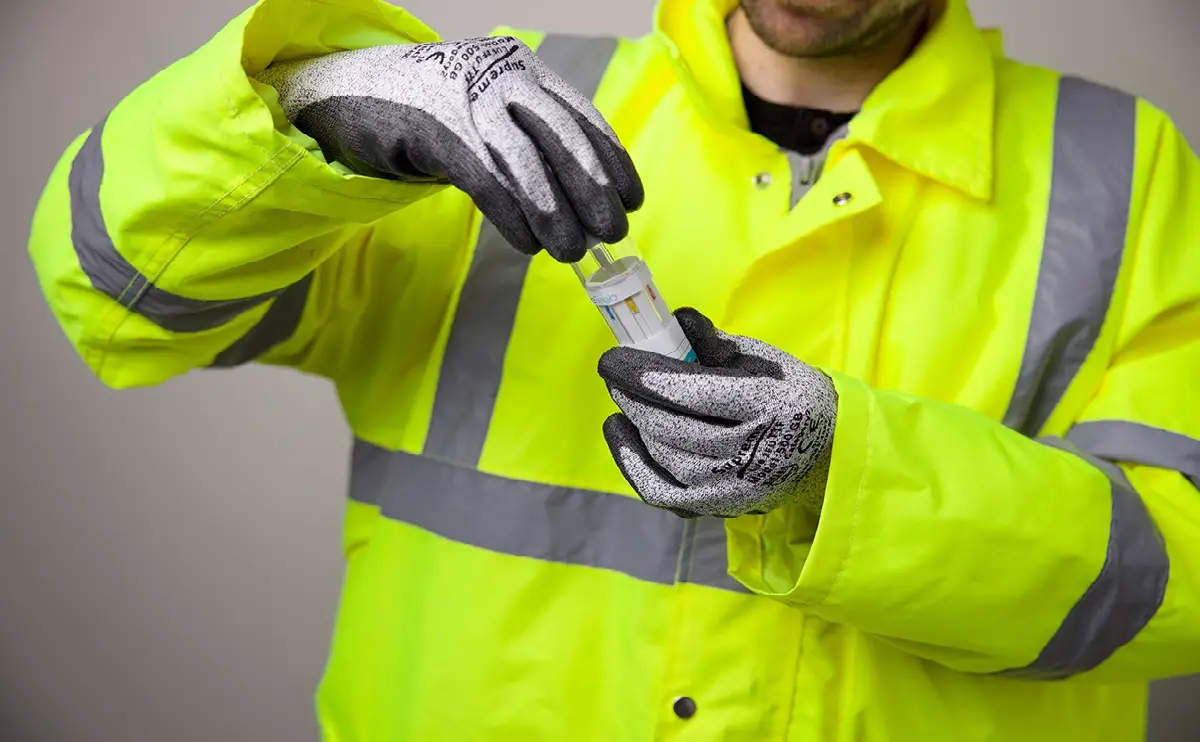In today’s fast-paced work environment, ensuring the safety and well-being of employees is paramount. Organizations are increasingly recognizing the importance of implementing comprehensive drug and health screening programs to maintain a healthy workforce and ensure compliance with regulatory standards. These programs not only safeguard employees but also contribute to a more productive and positive workplace culture. This article explores the significance of drug and health screening in the workplace, focusing on the critical areas of safety, compliance, and employee well-being.
The Importance of Workplace Safety
Workplace safety is a fundamental responsibility of employers, and one of the most effective ways to ensure this is through regular drug and health screening. In industries where employees operate heavy machinery, work with hazardous materials, or are responsible for the safety of others, the potential risks of impaired performance due to drug use cannot be overstated. Drug screening helps to identify individuals who may be under the influence of substances that could impair their judgment, reaction times, or ability to perform tasks safely.
Moreover, health screenings can detect underlying medical conditions that might pose a risk to the employee or their colleagues. For example, conditions such as hypertension, diabetes, or heart disease can significantly affect an employee’s ability to perform their duties safely. By identifying these conditions early, employers can take proactive steps to manage these risks, such as providing medical support, adjusting workloads, or offering alternative roles.
Compliance with Regulatory Standards
In many industries, drug and health screening is not just a best practice; it is a legal requirement. Compliance with these regulations is essential to avoid costly fines, legal disputes, and damage to an organization’s reputation. For example, in the transportation industry, the Department of Transportation (DOT) mandates regular drug and alcohol testing for commercial drivers to ensure the safety of passengers and the general public. Failure to comply with these regulations can result in severe penalties, including the loss of operating licenses.
Beyond legal compliance, adhering to industry-specific standards for drug and health screening also demonstrates an organization’s commitment to maintaining a safe and responsible workplace. This commitment can enhance the organization’s reputation, making it more attractive to potential employees, customers, and partners.
Promoting Employee Well-Being
While the primary focus of drug and health screening programs is often on safety and compliance, these initiatives also play a crucial role in promoting employee well-being. By identifying and addressing health issues early, employers can help employees manage their health more effectively, reducing the likelihood of serious medical problems down the line. This proactive approach not only benefits the individual employees but also contributes to a healthier and more productive workforce overall.
For instance, health screenings that include testing for sexually transmitted infections (STIs) can be instrumental in early detection and treatment. STIs are a significant public health concern, and early detection can prevent long-term health complications and reduce the spread of infections within the workplace. Offering STI screenings as part of a comprehensive health program sends a clear message that the organization values the health and well-being of its employees.
Addressing Substance Abuse in the Workplace
Substance abuse is a major concern for employers, as it can lead to accidents, decreased productivity, and increased absenteeism. Drug screening programs are an effective tool for identifying employees who may be struggling with substance abuse issues and providing them with the support they need to overcome these challenges. By offering access to counseling, rehabilitation programs, and other resources, employers can help employees regain control of their lives and return to work as healthy, productive members of the team.
It’s important to note that drug screening should be conducted in a manner that respects the privacy and dignity of employees. Employers must ensure that screening processes are fair, transparent, and compliant with relevant privacy laws. Additionally, employees should be educated about the purpose of drug screening and the potential consequences of non-compliance. This approach fosters trust and encourages employees to engage positively with the program.
The Role of Basic First Aid in Employee Safety
In addition to drug and health screenings, basic first aid training is another critical component of workplace safety. Accidents can happen at any time, and having employees who are trained in basic first aid can make a significant difference in the outcome of an emergency situation. First aid training equips employees with the skills needed to respond effectively to injuries or medical emergencies, such as administering CPR, treating burns, or managing a choking incident.
Incorporating basic first aid training into a workplace safety program not only enhances the overall safety of the workplace but also empowers employees to take an active role in ensuring their own safety and the safety of their colleagues. This training can be particularly valuable in environments where medical assistance may not be immediately available, such as remote work sites or during off-hours.
Enhancing Workplace Culture and Morale
A robust drug and health screening program, combined with first aid training, can also have a positive impact on workplace culture and morale. When employees know that their employer is committed to their safety and well-being, it fosters a sense of trust and loyalty. Employees are more likely to feel valued and supported, which can lead to increased job satisfaction and reduced turnover.
Furthermore, a focus on health and safety can create a culture of care and responsibility within the organization. Employees who are aware of the risks associated with drug use and health issues are more likely to take steps to protect their own health and the health of their colleagues. This collective responsibility can contribute to a more cohesive and supportive work environment.
Implementing Effective Screening Programs
To maximize the benefits of drug and health screening programs, organizations should implement them as part of a comprehensive workplace health and safety strategy. This strategy should include clear policies and procedures for screening, regular training for employees and managers, and access to resources for those who need support. It’s also essential to communicate the goals and benefits of the program to employees, so they understand that these measures are in place to protect their safety and well-being.
Employers should also consider the specific needs of their workforce when designing screening programs. For example, in industries with a high risk of injury, more frequent health screenings may be necessary to ensure employees are fit for duty. In contrast, in office environments, the focus may be more on identifying lifestyle-related health issues, such as stress or obesity, that can impact productivity and well-being.
Conclusion
Drug and health screening programs play a vital role in ensuring workplace safety, compliance, and employee well-being. By identifying potential risks and addressing them proactively, these programs help to create a safer, healthier, and more productive work environment. When combined with basic first aid training and a commitment to employee health, organizations can foster a culture of care and responsibility that benefits both employees and the organization as a whole.
Investing in comprehensive screening and training programs is not just a legal requirement; it is a smart business decision that can lead to a more engaged and loyal workforce. By prioritizing the safety and health of employees, organizations can build a strong foundation for long-term success and sustainability.


